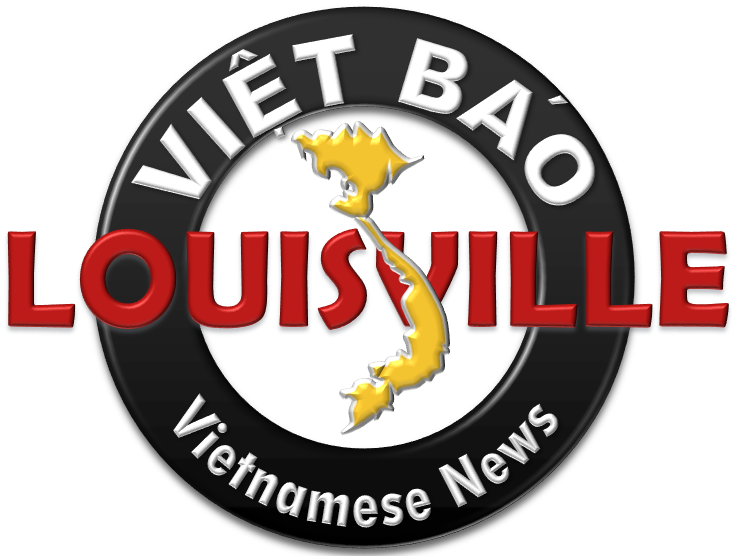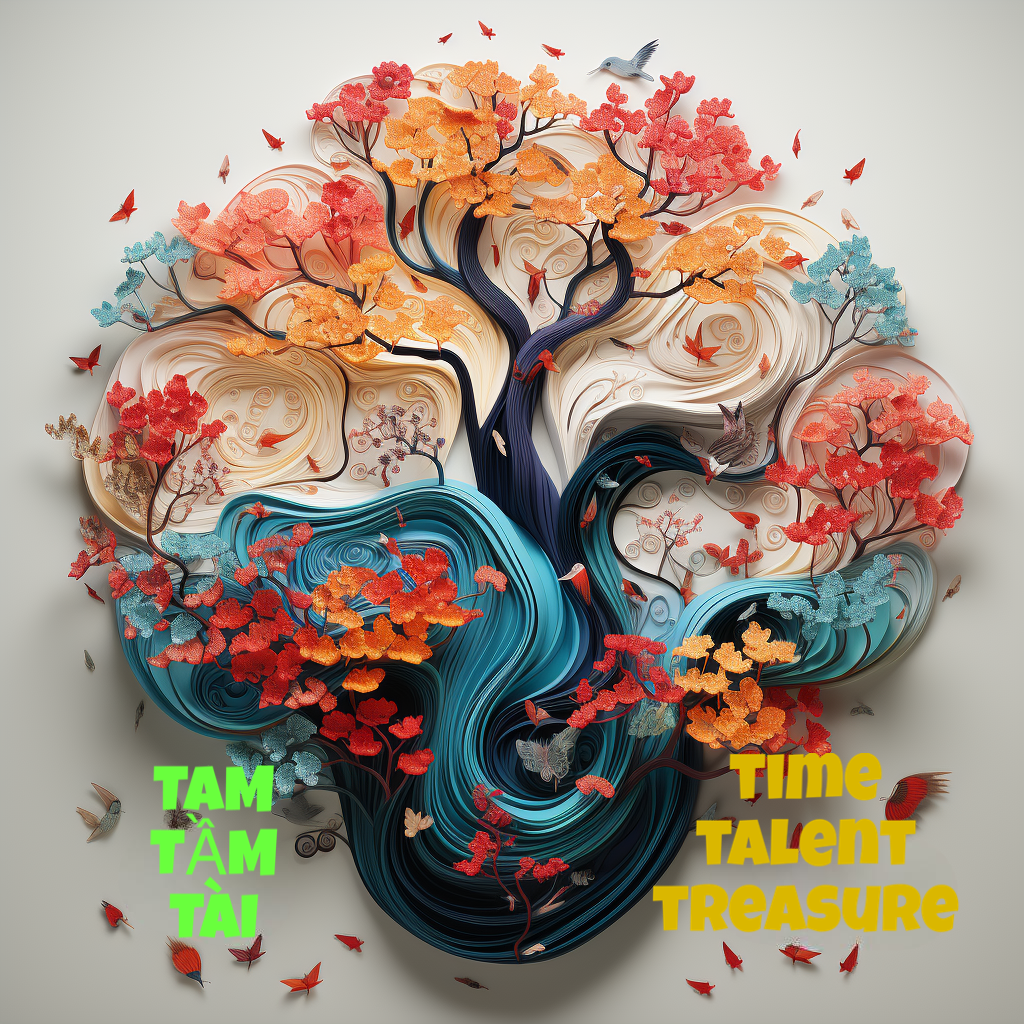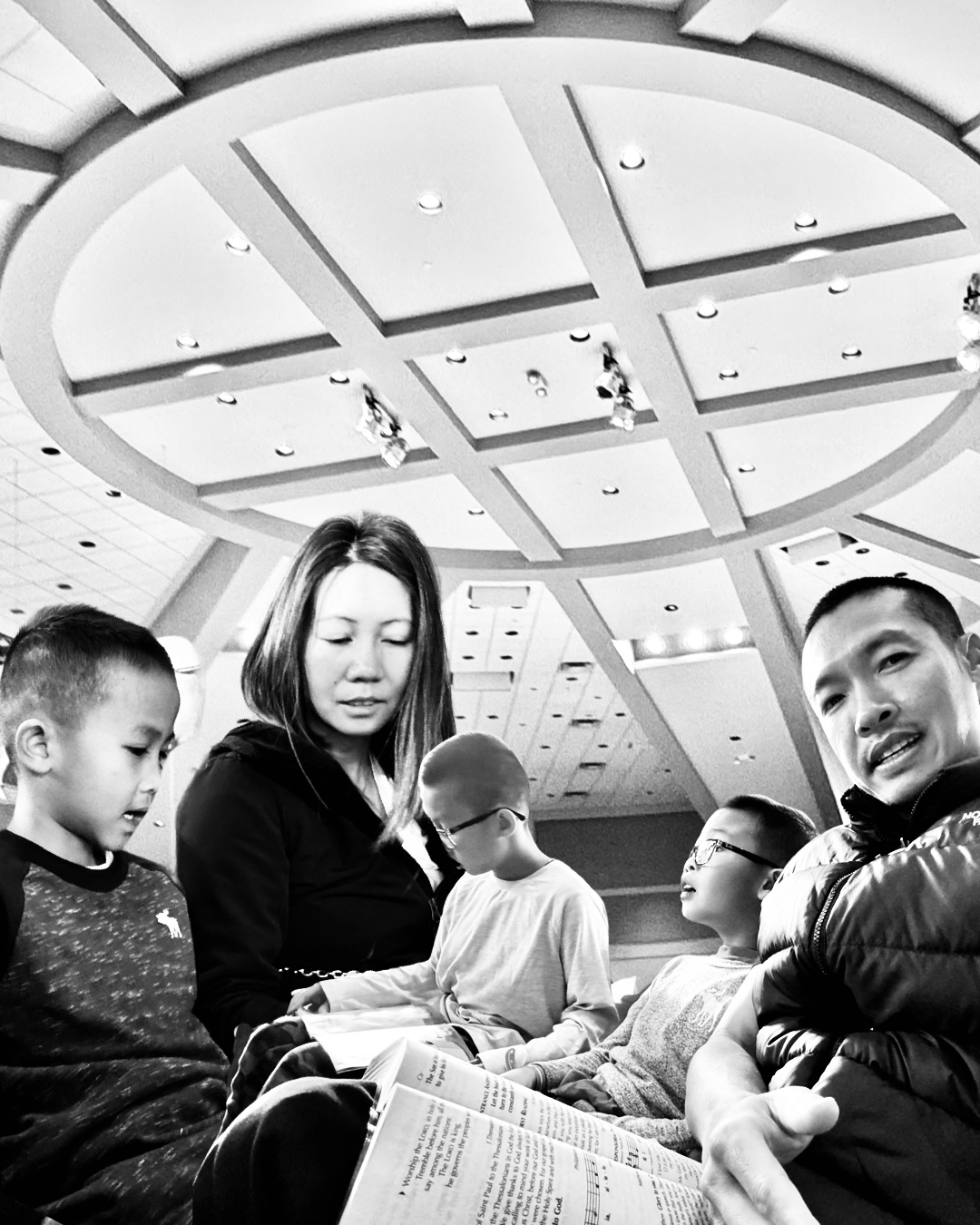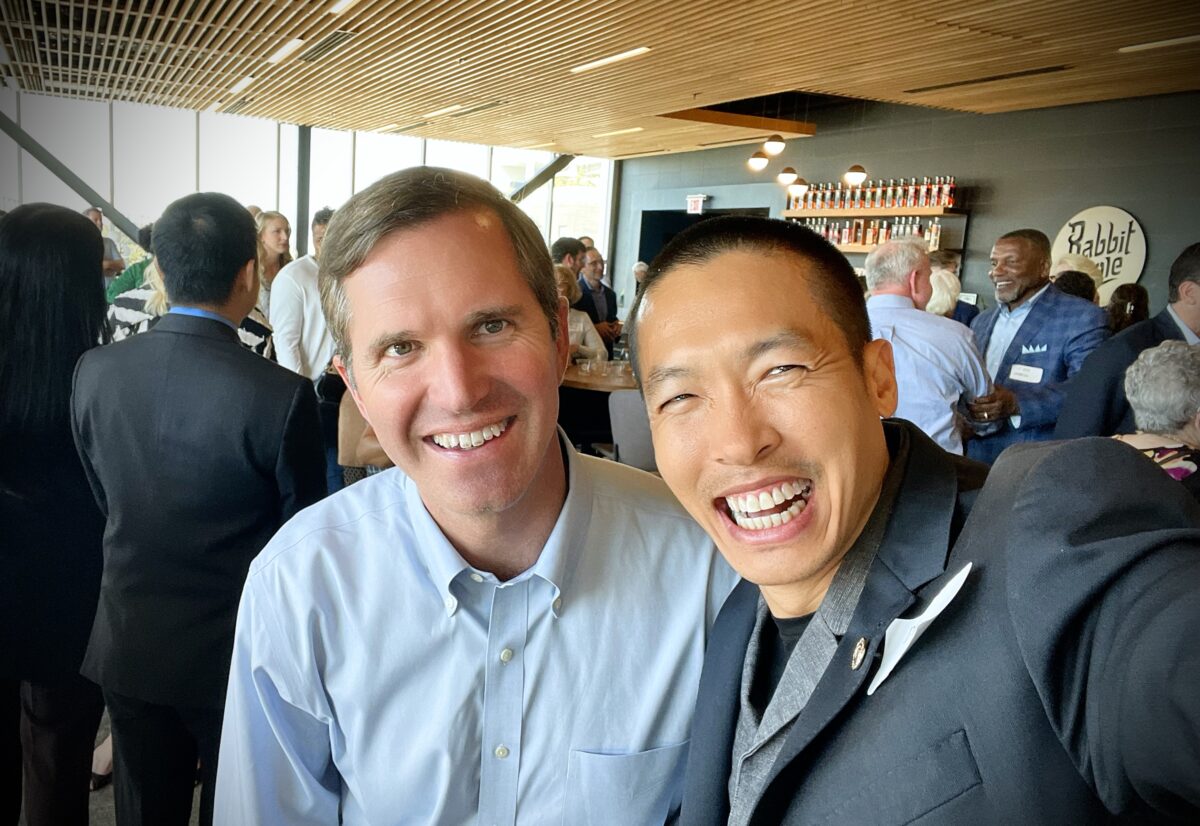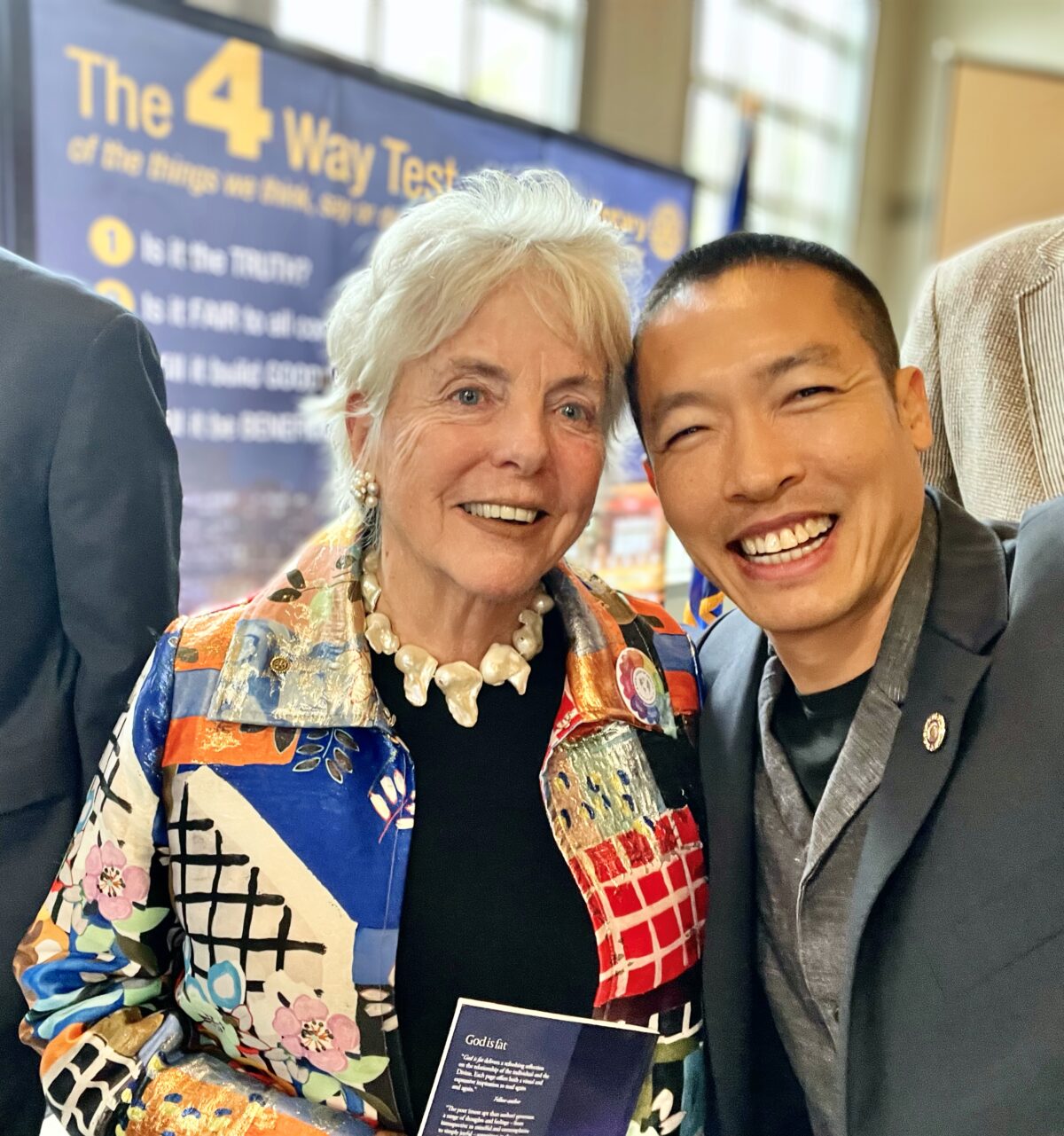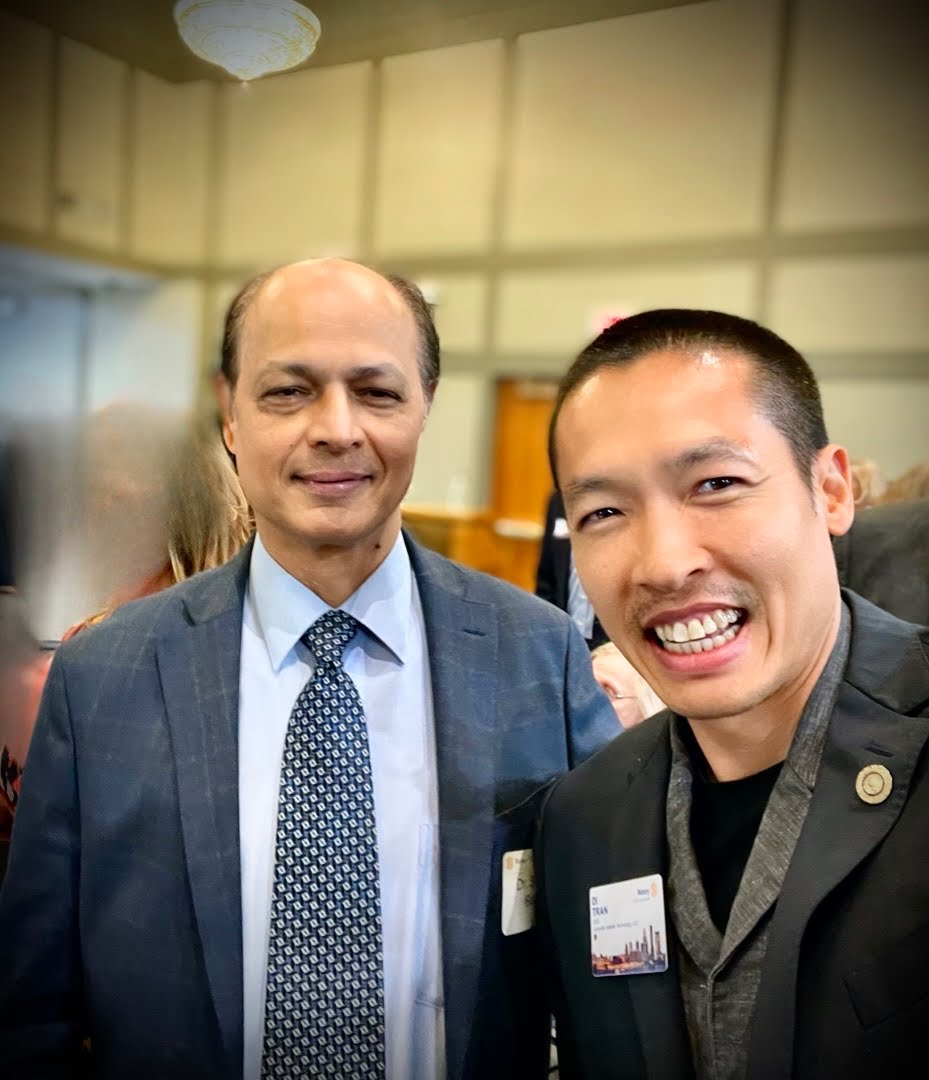In a world that often demands instant results and quick fixes, the philosophy of growth, both personal and organizational, can be beautifully encapsulated by the convergence of two sets of Triple Ts— a Vietnamese perspective (Tâm, Tầm, Tài) and a philanthropic English perspective (Time, Talent, Treasure). These Triple Ts serve as a compass for selecting associates and friends while fostering an environment conducive to holistic development.
Personal Development: Starting with Tâm (Heart)
The journey begins with the individual and the core Vietnamese value of “Tâm,” akin to the English concept of dedicating “Time.” When we start with heart, we give time generously to our endeavors. The heart’s capacity for empathy, morality, and integrity shapes the character, while the time invested in self-improvement and helping others lays the groundwork for a life rich in purpose and connection. As individuals, prioritizing “Tâm” allows us to engage deeply with our communities, offering our time as a testament to our commitment to growth.
Broadening Perspectives with Tầm (Vision)
As one’s journey progresses, the importance of “Tầm,” or vision, comes into play, mirroring the need to leverage one’s “Talent” in the English Triple T. This step involves looking beyond immediate horizons and honing one’s skills for a greater purpose. As individuals, identifying our talents and aligning them with our vision crafts a path for continuous learning and application of our unique skills. For organizations, this means attracting and nurturing talent that shares the collective vision, fostering innovation and driving sustainable growth.
Achieving Excellence through Tài (Talent)
The final Vietnamese T, “Tài,” symbolizes the excellence and expertise we aspire to attain and resonates with the English concept of “Treasure.” At this stage, an individual’s personal mastery and the organization’s resource accumulation reach their zenith. This isn’t merely about financial wealth but represents the richness of experience, knowledge, and capability. Investing our treasure back into the systems that fostered our growth reflects a maturity of purpose and the pinnacle of the Triple T alignment.
Implementation: A Step-by-Step Approach
The implementation of the Triple T strategy is a gradual process, beginning with an inward focus and progressively expanding outward:
- Self-Assessment and Cultivation: Individuals start with introspection, cultivating a good heart and dedicating time to personal development and community service.
- Skill Development and Vision Expansion: As talents are honed, one’s vision should broaden. This is the phase where individuals and organizations align their unique abilities with long-term goals and objectives.
- Resource Investment and Mastery: The culmination of efforts in personal and organizational growth should lead to an accumulation of resources—knowledge, experience, and financial capital—that can be reinvested to fuel the cycle of growth.
Choosing Associates and Friends
Surrounding oneself with people who embody these values is crucial. Relationships should be nurtured with those who share a commitment to growth, possess complementary talents, and understand the importance of giving back. In a professional context, this translates to building a team or organization whose members are aligned with the core Triple T values.
Conclusion
The Triple Ts—whether from Vietnamese or English cultural origins—provide a roadmap for those seeking sustained growth and positive impact. By starting with the heart, expanding one’s vision and talent, and wisely investing one’s treasure, both individuals and organizations can develop harmoniously. This alignment fosters environments where people thrive, organizations reach their potential, and communities become stronger. It’s a testament to the power of virtues and values in guiding us toward a more fulfilled and purposeful existence.
